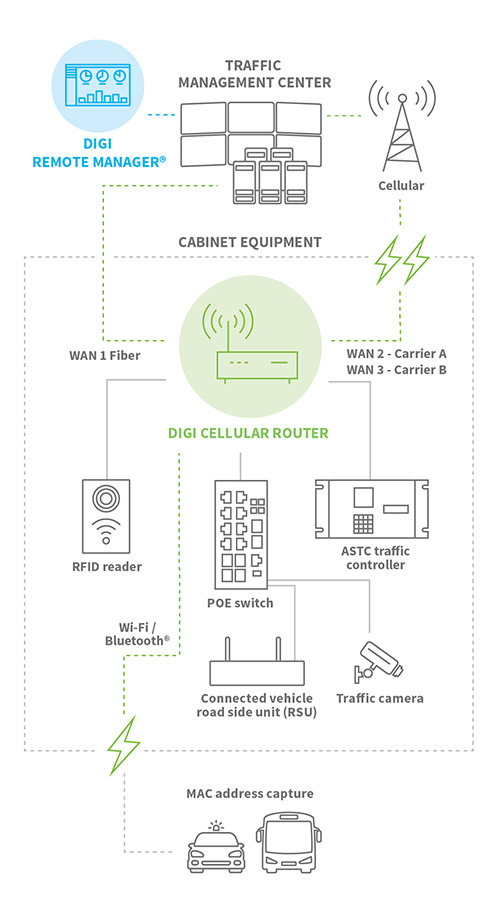
Simple traffic shaping schemes shape all traffic uniformly.

A more sophisticated implementation could apply a dropping algorithm such as random early detection. A simple and common approach is to drop traffic arriving while the buffer is fullĪ strategy known as tail drop and which results in traffic policing as well as shaping. Transmission may occur immediately (if the traffic arriving at the shaper is already compliant), after some delay (waiting in the buffer until its scheduled release time) or never (in case of packet loss).Īll traffic shaper implementations have a finite buffer, and must cope with the case where the buffer is full. Metered packets or cells are then stored in a FIFO buffer, one for each separately shaped class, until they can be transmitted in compliance with the associated traffic contract. Metering may be implemented with, for example, the leaky bucket or token bucket algorithms (the former typically in ATM and the latter in IP networks). This can appear across, for example, a low bandwidth link, a particularly expensive WAN link or satellite hop.Ī traffic shaper works by delaying metered traffic such that each packet complies with the relevant traffic contract. Nodes in an IP network which buffer packets before sending on a link which is at capacity produce an unintended traffic shaping effect. Īudio Video Bridging includes an integral traffic-shaping provision defined in IEEE 802.1Qav. ĭata centers use traffic shaping to maintain service level agreements for the variety of applications and the many tenants hosted as they all share the same physical network.

Some ISPs may use traffic shaping to limit resources consumed by peer-to-peer file-sharing networks, such as BitTorrent. Shaping is widely used for teletraffic engineering, and appears in domestic ISPs' networks as one of several Internet Traffic Management Practices (ITMPs). Traffic shaping is sometimes applied by traffic sources to ensure the traffic they send complies with a contract which may be enforced in the network by traffic policing. Traffic shaping is commonly applied at the network edges to control traffic entering the network, but can also be applied by the traffic source (for example, computer or network card ) or by an element in the network. This control can be accomplished in many ways and for many reasons however traffic shaping is always achieved by delaying packets. Traffic shaping provides a means to control the volume of traffic being sent into a network in a specified period ( bandwidth throttling), or the maximum rate at which the traffic is sent ( rate limiting), or more complex criteria such as generic cell rate algorithm. Traffic shaping can be used to prevent this from occurring and keep latency in check. If a link becomes utilized to the point where there is a significant level of congestion, latency can rise substantially. 3.4 Relationship to bandwidth management.Route-based traffic shaping is conducted based on previous- hop or next-hop information. Many application protocols use encryption to circumvent application-based traffic shaping.Īnother type of traffic shaping is route-based traffic shaping. Some controversial cases of application-based traffic shaping include bandwidth throttling of peer-to-peer file sharing traffic. In application-based traffic shaping, fingerprinting tools are first used to identify applications of interest, which are then subject to shaping policies. The most common type of traffic shaping is application-based traffic shaping. It is often confused with traffic policing, the distinct but related practice of packet dropping and packet marking.

Traffic shaping is used to optimize or guarantee performance, improve latency, or increase usable bandwidth for some kinds of packets by delaying other kinds. Traffic shaping is a bandwidth management technique used on computer networks which delays some or all datagrams to bring them into compliance with a desired traffic profile.


 0 kommentar(er)
0 kommentar(er)
